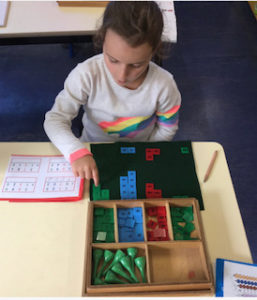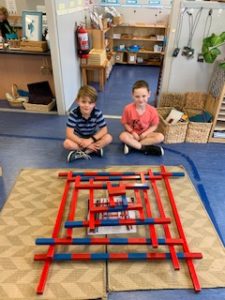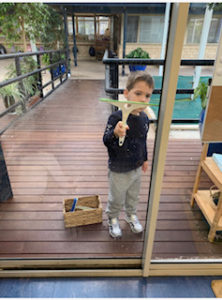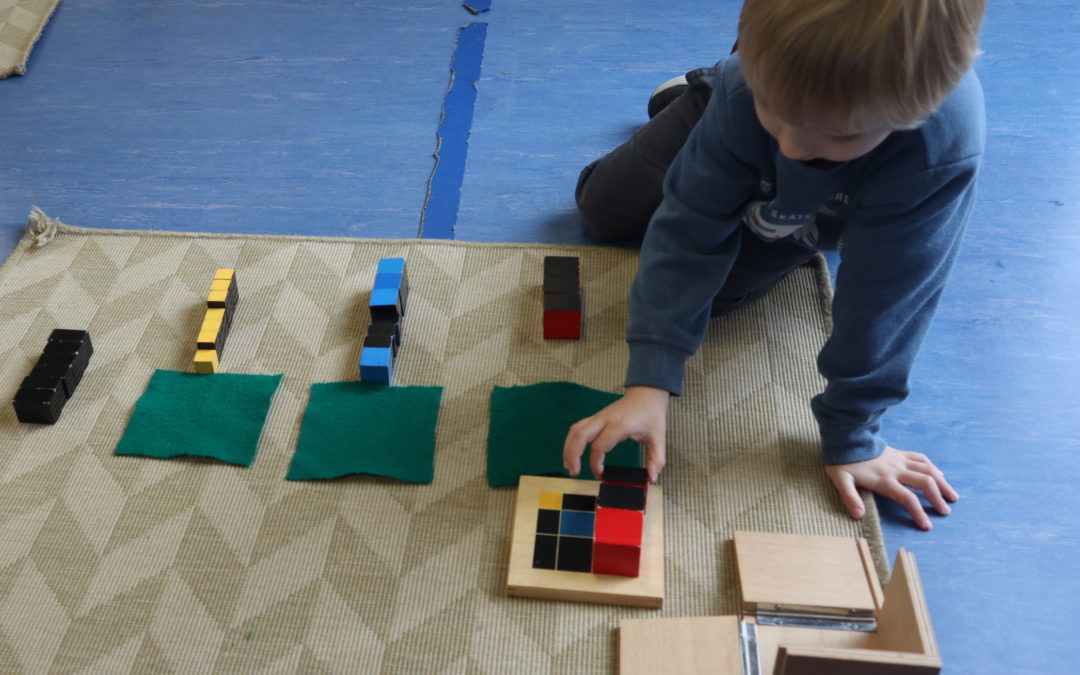“What we call education of the senses is in reality an aid to the construction of intelligence.”
Maria Montessori
Montessori education is famous for its ingenious, multi-sensory materials which gradually introduce children to more and more complex concepts. Because the materials allow for self-monitoring and self-correction, instruction is minimal. Rather than listening to a teacher explain concepts, children manipulate the materials and make their own discoveries. Using Montessori math materials, children wire their brains “for higher thinking, creative problem-solving, and for logical processing of information.” (Michael Duffy, Math Works).
Mathematics comes naturally to children precisely because the world they live in is mathematical. It is a world of order: quantity, space, succession, and form are all mathematical concepts. Children develop an excitement and joy for the subject, they are able to understand math in a more meaningful way as all the learning areas are interwoven.
Sensorial materials help to bring order to the many sense impressions in a child’s world. As they explore and manipulate the concrete materials, children’s powers of observation, judgment, and reason develop. Mathematical concepts are unconsciously absorbed. Working with materials such as the Pink Tower, Brown Stair, and Red Rods, children attend to dimension and learn to recognise similarities, differences, and gradations in size, width, weight, and length.
The more complex exercises and variations are intended to spark interest in the child to continue to work with and explore the materials. Montessori stressed that children will spontaneously experiment with and create many combinations and patterns with the Sensorial materials. Rather than demonstrating these combinations, children are allowed to discover them!
Montessori services – 2018
Ayesha Meer – Children’s House Program Coordinator & Teacher




